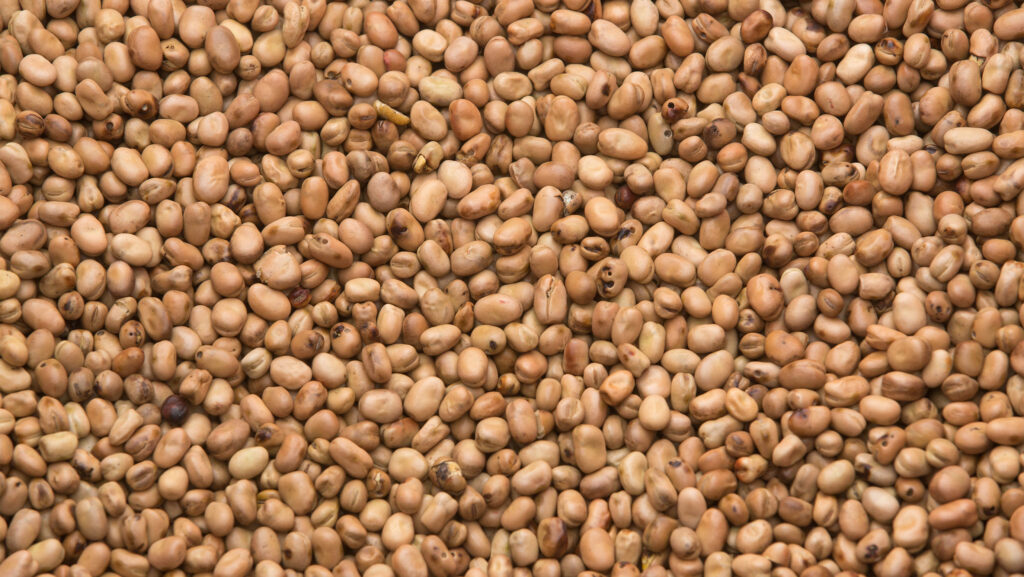Growers advised to test home-saved spring bean seed
 ©Tim Scrivener
©Tim Scrivener Growers using home-saved spring beans are advised to test seed ahead of planting, to avoid poor germination and crop health issues.
The cost of testing is modest compared with the potential risks of planting beans, which can be prone to reduced germination.
As growers finalise their spring 2026 cropping decisions, ProCam head of crop production, Mike Thornton, says testing of bean seed is particularly important because of a lack of chemical options for controlling certain seed-borne pest and disease problems,
See also: High insect activity increases BYDV risk in mild autumn
With a relatively small area of spring beans grown for seed multiplication, it’s not unusual for growers to plant home-saved seed.
“However, don’t assume the seed will be OK. It’s extremely important to have it tested – not only for germination but also for the presence of the damaging problems of stem nematode and the disease of ascochyta.
“There’s a lack of seed and foliar treatments available to control these problems. So it’s essential to give the crop the best chance of success by planting clean seed.”
For example, planting seed infested with stem nematode not only risks significant yield penalties, but this can also spread the pest to new fields where it can survive in the soil for years.
Similarly, Mike notes that once spring beans have lost leaf area to ascochyta, the yield damage is done, and its effects are likely to be even greater in crops under stress.
Ensure representative samples of seed lots are sent for testing is vital for best practice.
“Once test results are available, he urges growers to consult with their agronomist before making planting decisions,” concludes Mike.

